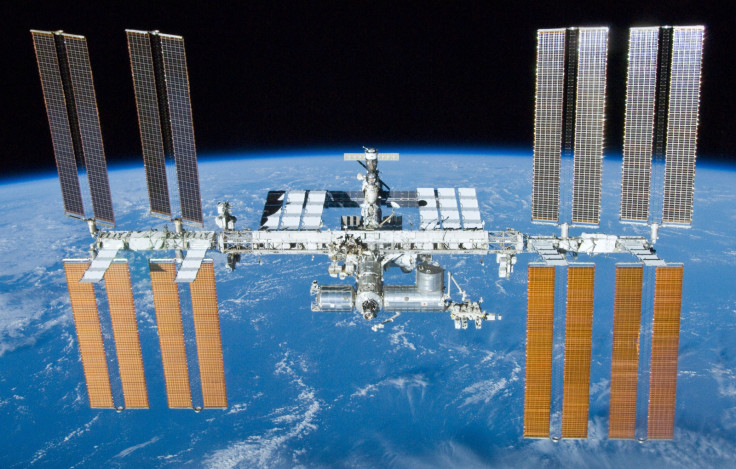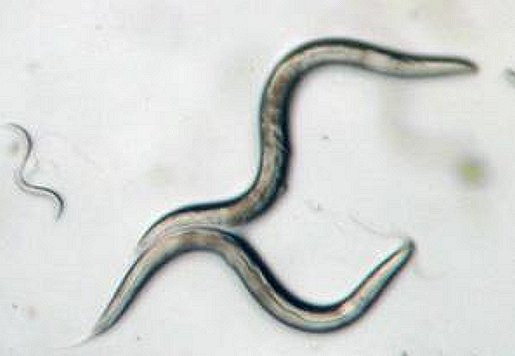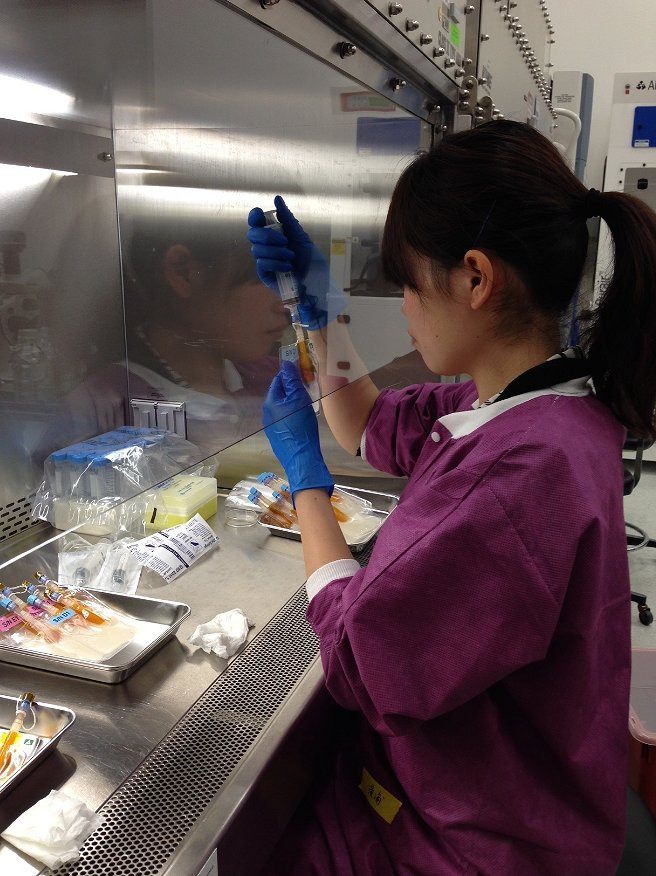ISS space worms: Japanese scientists probe roundworm to solve astronaut health problems

The Japanese Aerospace Exploration Agency (JAXA) is currently carrying out two investigations on the International Space Station (ISS) into a tiny roundworm that could hold the answer to preventing bone and muscle loss in space.
On Earth, we develop strong muscles and bones due to our muscles resisting the force of gravity. However in space, gravity is greatly reduced and even with regular exercise, astronauts begin to lose bone and muscle mass during spaceflight.

So Japan's space agency is now conducting two different studies into Caenorhabditis elegans, a millimetre-long roundworm with a genetic makeup that scientists are able to understand.
The first study started on 12 January, when SpaceX's CRS-5 cargo resupply mission berthed at the ISS. This experiment requires the astronauts to grow four generations of the worm and preserve it at different stages of life – from larvae to adult.
When the Dragon capsule returns to Earth later this month, it will take these samples back, and scientists will be able to analyse the DNA of the roundworms to see how they differ from worms grown on Earth.
"The astronauts will cultivate multiple generations of the organism, so we can examine the organisms in different states of development," said Atsushi Higashitani, principal investigator for both investigations with Tohoku University in Miyagi, Japan.

"Our studies will help clarify how and why these changes to health take place in microgravity and determine if the adaptations to space are transmitted from one cell generation to another without changing the basic DNA of an organism.
"Then, we can investigate if those effects could be treated with different medicines or therapies."
A second investigation, which is tentatively scheduled for February 2015 when SpaceX's sixth space station resupply mission launches, will investigate how the cytoskeleton and muscle fibres of the roundworm alter over time due to microgravity.
One batch of roundworms will be grown in microgravity, while the other batch will be grown using 1 G (the equivalent of g-force on Earth) to show a direct comparison between organisms grown in space and those grown on Earth.
The benefits of these two studies go a lot further than just improving the health of astronauts.
Patients suffering from conditions that require them to have an extended period of bed rest experience changes in metabolism, a loss in bone density and muscle atrophy.
Understanding the genetics of the roundworm could help to cure these symptoms, which currently affect millions of aging and debilitated people in the world.
© Copyright IBTimes 2025. All rights reserved.






















